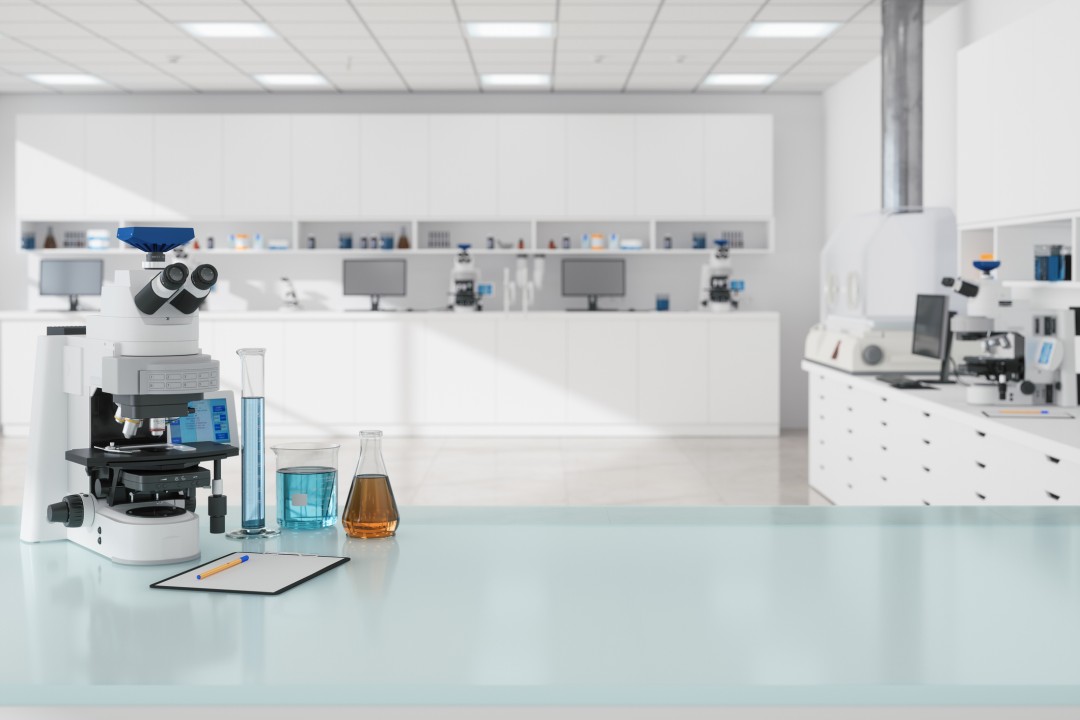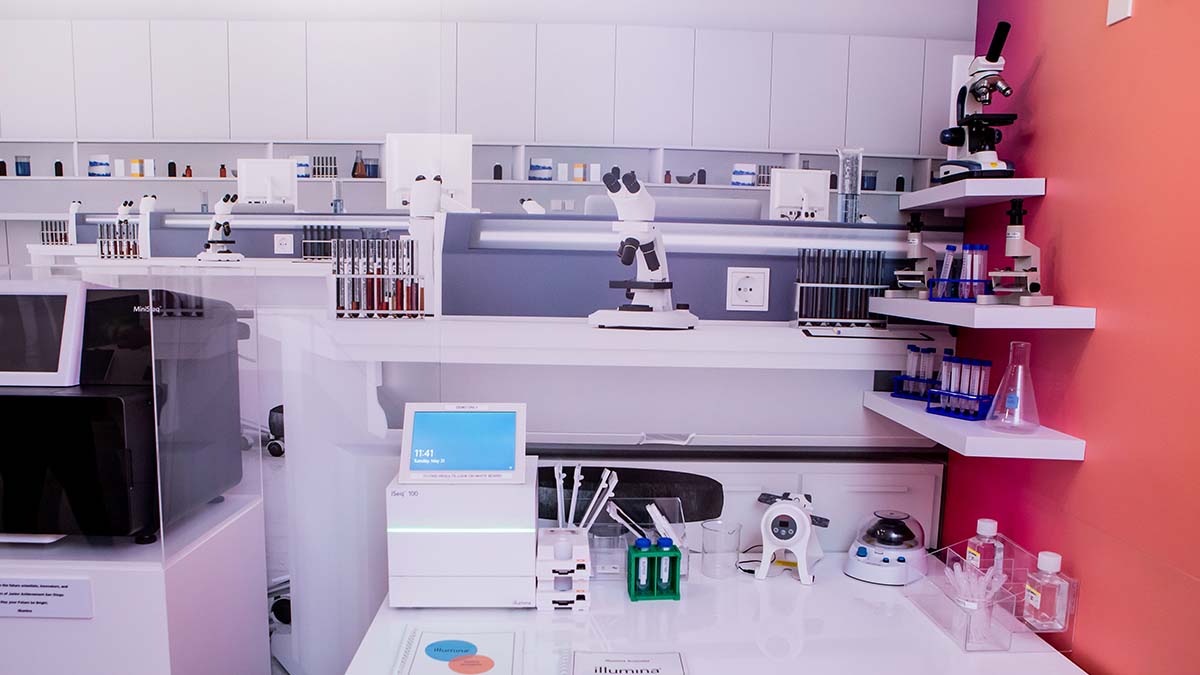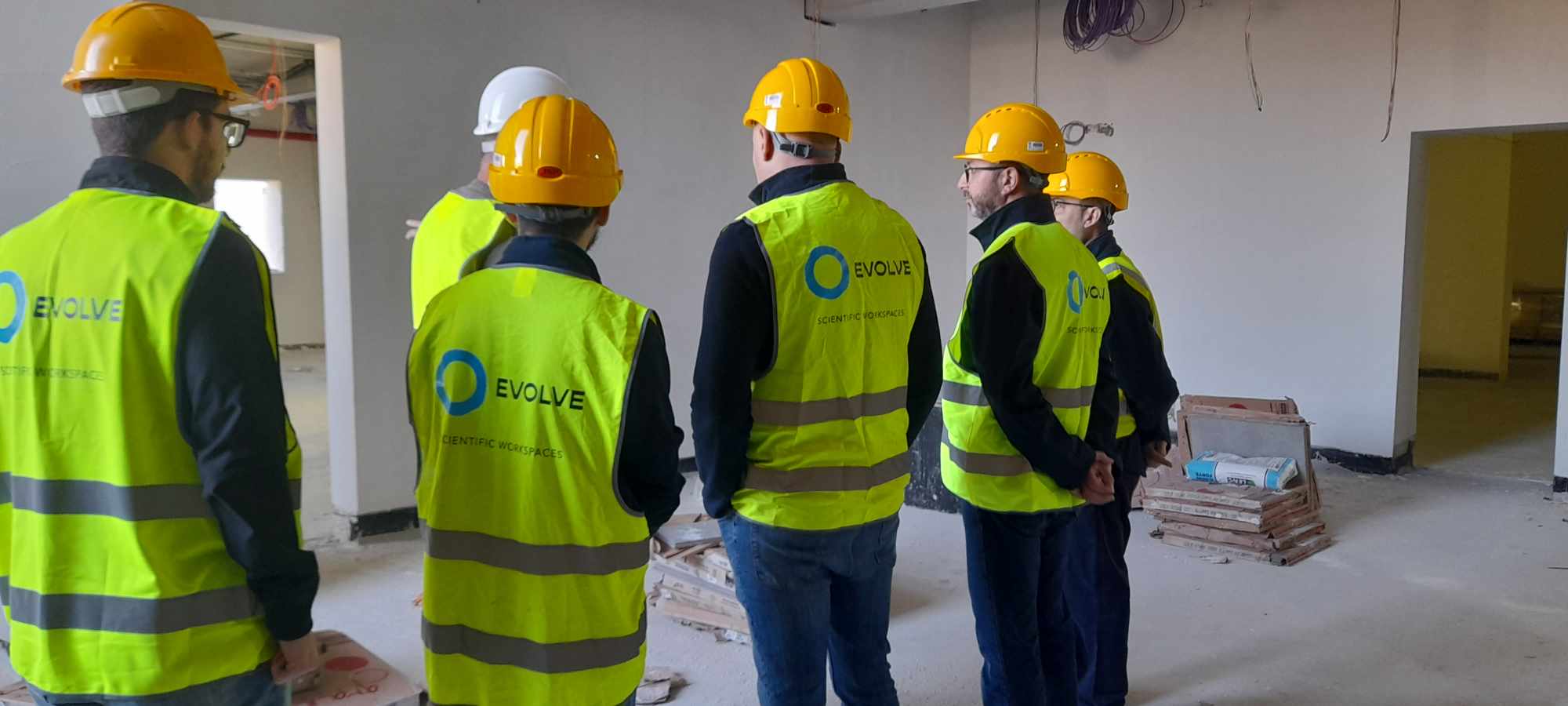Designing a brand new laboratory can be a daunting task and it is often a question of how many people you should include in the laboratory design process.
Too many people and personalities can create confusion that will lead to delays in the design process.
It is important to know who you should include and understand how they could add value to the design. In this article, we make some suggestions as to who to include and why.

1. Key Investors – Design for ROI
It is important that key stake holders and investors are in the loop whilst designing a new laboratory as they normally provide a source of funds. Depending on the size of the project, it is a great idea to provide key stakeholders with regular updates with the design in the concept stage so they can provide feedback where required. These types of individuals don’t normally get too involved in the project, rather, they interact at a more high-level. As such, when dealing with Stakeholders and Investors, keep the information brief, relevant, and to the point. They will tend to look at the project from a return on investment standpoint.
2. The Director – Design it to Fulfil Vision
Depending on the size and type of organisation, the Principal, CEO, or Directors normally initiate a project based on a need, acquisition, or diversification. They often hold the ‘30 thousand foot view’ and will develop a basic scope and budget for the team. Managers are looking for the fulfilment of mission and vision of the business and will focus on ROI in terms of results or money.
3. The Architect – Design it for Appearance and Compliance
The architects have a great eye for design, perspective and style. They are engaged after a project scope has been assembled primarily to assist the client with a full design concept and drawing set so that the client can go to market by means of a tender. Architects will invest a lot of time in making sure the project looks fantastic and fulfils the project scope. Architects mostly have access to country standards to ensure every division of your laboratory is fully compliant.

4. The Finance Manager – Design it to Budget
The object of the Business manager is to build the scope with the team and ensure that is a viable acquisition. They will often work with the team including the finance manager, architect and lab staff to ensure that there is a direction and the end result is built to a budget. The business manager will often work as part of the management team to assist with return on investment.
5. The Lab Manager – Design it for Efficiency
The role of the laboratory manager is to lead the team and ensure that the laboratory is producing great outcomes. They are responsible for laboratory staff, inventory budget management, and laboratory results. Managers tend to look at outcomes and results. How efficient is the laboratory? What can we do to boost throughput? How can we make the process more efficient? Laboratory managers have a great eye for lean layout and it is worth including them through the process to ensure the laboratory is open and efficient.
6. The Lab Technician – Design it for Practicality
The Laboratory technician is responsible for the day to day activities in the laboratory such as preparation of dilutions, equipment, and consumables. The role of the lab-tech can also include supporting the laboratory manager/leader to ensure general maintenance of the laboratory is up-to-date and compliant. Laboratory technicians have a very hands on and practical view of the laboratory and have a great eye for pulling up non-practical design. It is a great idea to run your plans past the laboratory technician at various stages of the design process to ensure your layout has great functionality. These individuals also consult with other lab-techs in the field and often have a great idea as to current design challenges and systems available in the open market.
7. Evolve – Design it for Purpose
At Evolve, we look at all of the above. ROI, vision fulfilment, appearance, compliance, budget and practicality. We can assist any group of persons from investors, chief executives, business managers, laboratory managers to laboratory technicians. We can share our years of experience in do’s and don’ts in laboratories with you and your team. We will even provide complimentary isometric plan designs to assist you with early concept and budgeting.
Mark Bonello, Head of Technical Services at Evolve, said: ‘We start with your specific needs. Understanding what you want to achieve day in and day out helps us prepare a truly bespoke solution towards your laboratory design. We can provide a guiding hand at every stage of the process, bringing together your vision with our knowledge of effective lab design and fit outs.
‘Plenty of communication, collaboration, and meetings through the design process with the right people at the right time can greatly assist with the best outcome. It can assist with ownership and good culture especially with those working within the space on a day to day basis.
‘ We aim to produce a thorough, efficient, and intuitive laboratory design and fit out solution, combining multiple functions all of which work symbiotically together.’

Key considerations for laboratory redesign
When embarking on a laboratory redesign, it is crucial to consider the following factors:
-
Research Needs: Clearly define the specific research needs and activities that will take place in the laboratory. This will inform the layout, equipment, and safety features required.
-
Workflow Optimization: The demand for flexible laboratory spaces is expected to grow. Laboratory layouts will be optimised for workflow and will minimise unnecessary movement, reducing time spent on non-research tasks.
-
Safety Standards: Adhere to all applicable safety standards and regulations to ensure the well-being of scientists and protect the environment.
-
Sustainability: Implement sustainable practices to reduce the laboratory’s environmental impact.
-
Collaboration and Communication: Facilitate collaboration and communication among scientists by creating designated meeting spaces and fostering an open-plan environment.
Investing in the future of scientific discovery
Redesigning a laboratory is a significant investment, but it can also be a catalyst for scientific innovation and discovery. By incorporating the latest trends and best practices in laboratory design, research institutions can create spaces that empower scientists to reach new heights of discovery, while promoting sustainability and well-being at the same time.
At Evolve, we understand the ins and outs of laboratory design. Looking for advice from Malta’s leading lab design experts? Get in touch today.
Discover what’s new
Our programmes and partnerships, innovations and investments, and the positive impact we’re having on communities
When you succeed, so do we
At Evolve, a love of science is in our DNA. We’re proud to offer our customers an extensive range of quality laboratory and scientific equipment from leading brands as well as exceptional consultancy advice and customer service.
Whatever you’re looking for, we’ll provide a dedicated service that’s designed around you and your project.
Whether we’re building the first EU-GMP pharmaceutical lab in Ghana, developing the first-ever medical cannabis facility in Malta, or equipping the largest police forensics unit in Dubai, we’re there with you every step of the way.
If you’d like to speak to one of our experts on how Evolve can help your next science-led project, please get in touch with us today.


